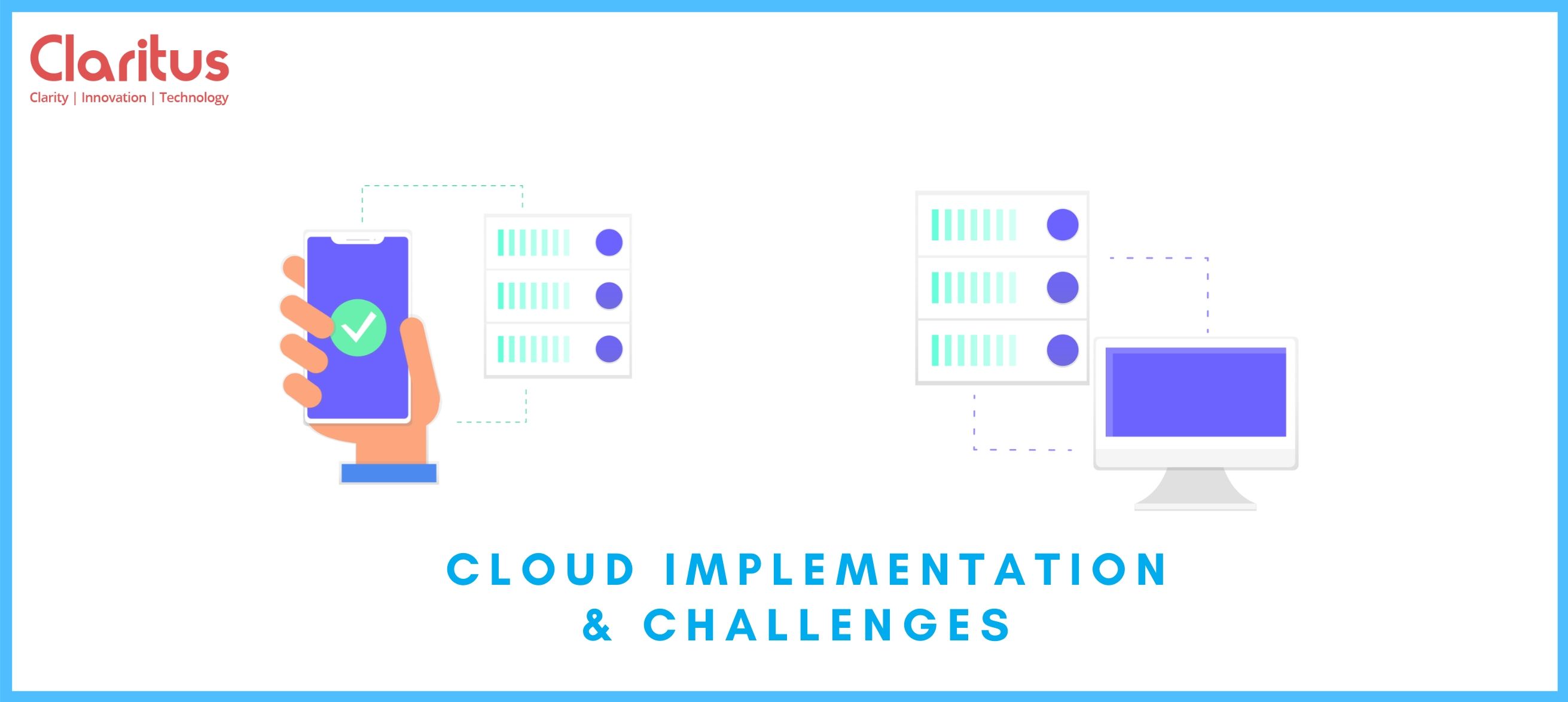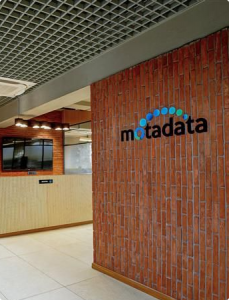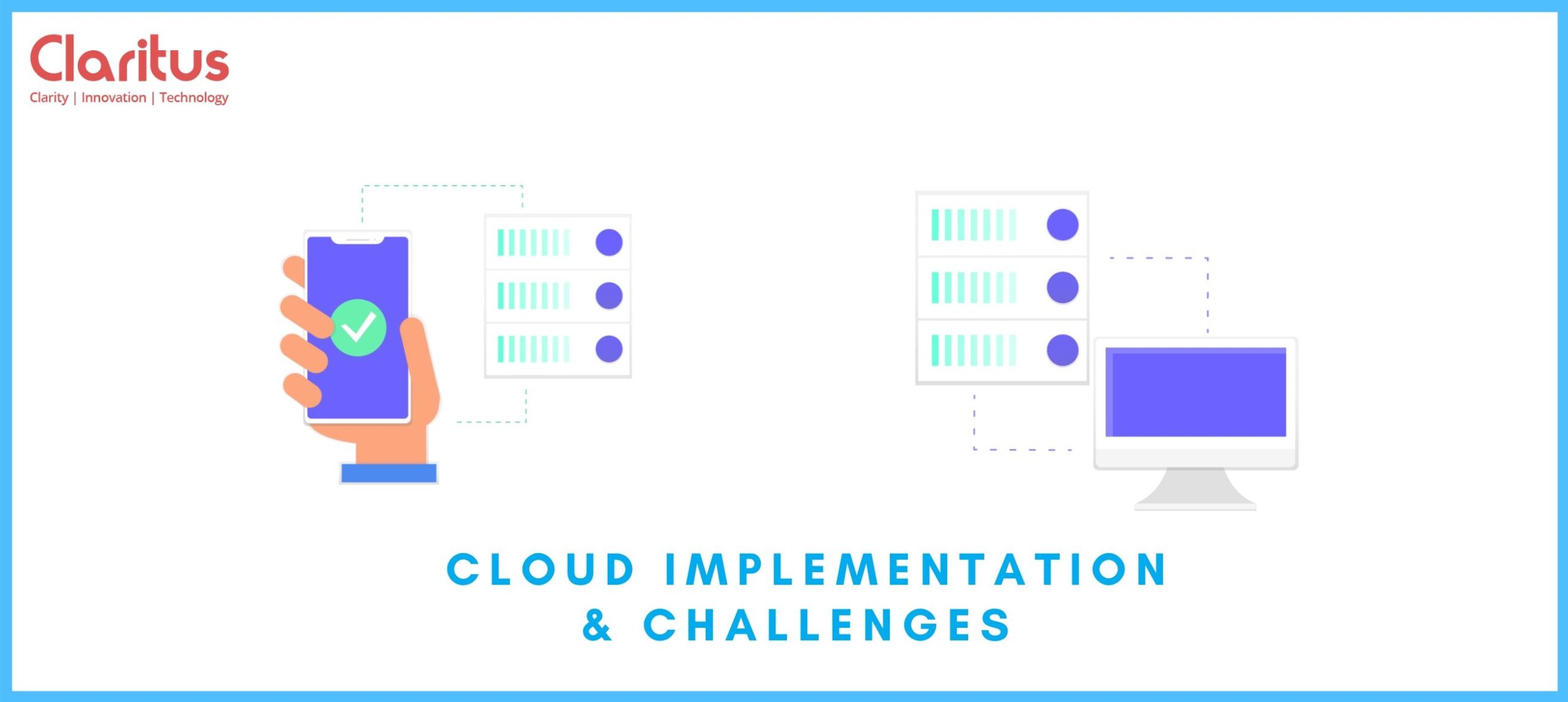Cloud Solutions, Implementation & Its Challenges

Go and type “Cloud computing” on Google. What do you get?
Too many mixed messages, unclear, confusing definitions, and no clarity on the business benefits of its usage.
More importantly, if you have gone through any general trade show for learning about the topic, you might be left with a sense that cloud computing is only about infrastructure.
Actually, this is not so true. There is more to it than you are seeing.
Gartner has already predicted cloud transformation to significantly increase over the course of the next four years with cloud deployment in software being the most popular choice.
Innovative cloud solutions and new technologies are being implemented in almost all types of organizations, MNCs, SMEs, or startups. Most of them are making a move towards the transformation of business operations via cloud migration. Present-day CTOs are responsible for migrating the application and systems to a cloud-based one.
While cloud computing presents various benefits such as operational flexibility, reduced capital expenditure, and process control; its implementation is somewhat tricky and requires a bit of technical proficiency.
Here are some of the prominent challenges faced by a CTO in cloud implementation.
- Diversity of Legacy Systems – Integration with Existing Architecture
- Technical Debt
- Cloud Sprawl and Problem of Vendor Lock-in
- Delivery Options – Public, Private and Hybrid
- Shortage of Cloud Skills
- Lack of Integrated Cross-platform Management
- Lack of Orchestration Tools
- Cloud Governance
- Concerns over Business Continuity and Disaster Recovery
- Service Enablement
- Intercloud Architecture
- Impact of Moving from Primarily Static to Dynamic Network Architectures
- Data Loss and Privacy Risks










